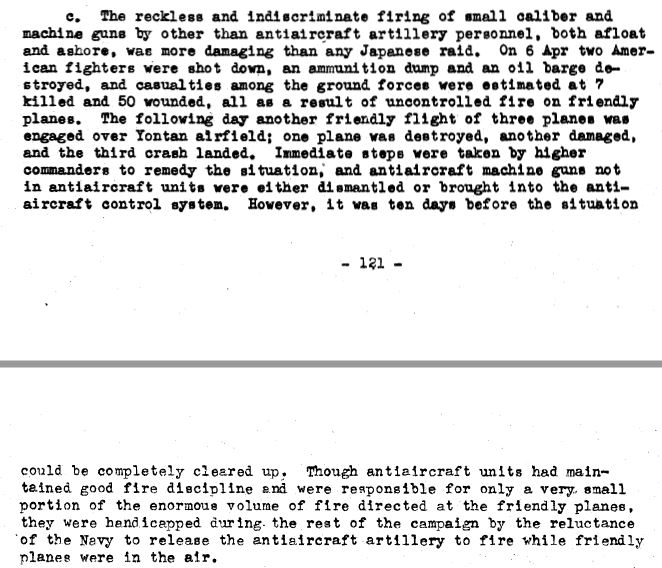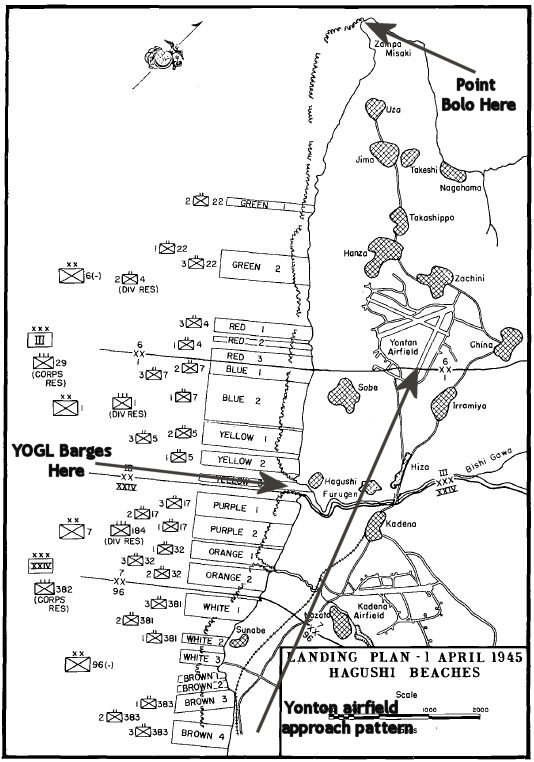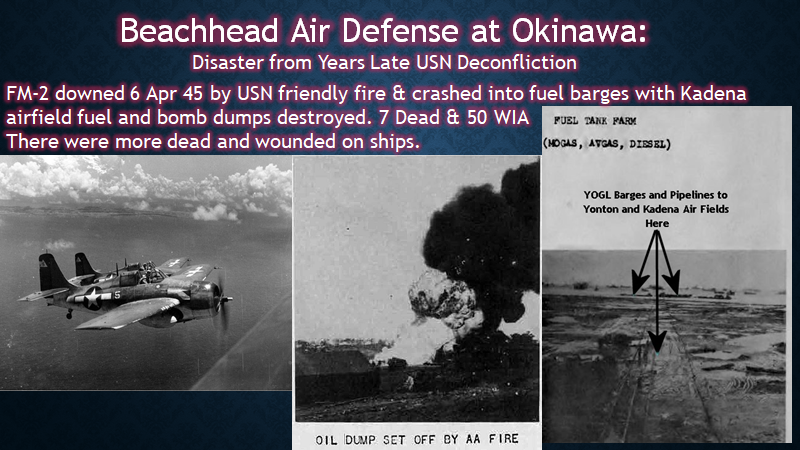
@tac_air_power @ReassessHistory >>Baldwin is correct on 1932
No, he wasn't. And quite provably so.
All that was necessary was for ground observers and defending fighters to have radios that could talk to each other.
The attached map is from a 1933 exercise where then Captain Claire Chennault proved that.
No, he wasn't. And quite provably so.
All that was necessary was for ground observers and defending fighters to have radios that could talk to each other.
The attached map is from a 1933 exercise where then Captain Claire Chennault proved that.

@tac_air_power @ReassessHistory I've written a couple of Chicagoboyz columns addressing the institutional lying attached to "The bomber always gets through."
1st -
History Friday: Claire Lee Chennault — SECRET AGENT MAN!
chicagoboyz.net/archives/40740…
1st -
History Friday: Claire Lee Chennault — SECRET AGENT MAN!
chicagoboyz.net/archives/40740…
@tac_air_power @ReassessHistory And 2nd:
History Week End: MacArthur’s Forgotten New Guinea Air Warning Wireless (NGAWW) Company Aircraft Spotters
chicagoboyz.net/archives/57892…
The history of the NGAWW is interesting in that it comes from Aussie lessons in North Africa.
History Week End: MacArthur’s Forgotten New Guinea Air Warning Wireless (NGAWW) Company Aircraft Spotters
chicagoboyz.net/archives/57892…
The history of the NGAWW is interesting in that it comes from Aussie lessons in North Africa.
@tac_air_power @ReassessHistory The NGAWW Company was a local copy of the Royal Air Force Wireless Observer Units used in North Africa.
See:
iwm.org.uk/collections/it…
"After Operation CRUSADER, about thirty of these fully mobile posts were deployed in a ring covering the approaches to El Adem, Libya, in order
See:
iwm.org.uk/collections/it…
"After Operation CRUSADER, about thirty of these fully mobile posts were deployed in a ring covering the approaches to El Adem, Libya, in order

@tac_air_power @ReassessHistory ...to provide visual early warning of enemy aircraft movements for No. 211 Group’s Operations Room, with whom they were in contact by wireless telegraphy."
@tac_air_power @ReassessHistory This passage is from wikipedia -
"The NGAWW was born as a “secret wireless unit” in January 1942, give a status as a “commando unit” in 1944 and was officially disbanded in April 1945. [3]
In early Jan-Feb 1942 some 16 air warning ground observer stations were established.
"The NGAWW was born as a “secret wireless unit” in January 1942, give a status as a “commando unit” in 1944 and was officially disbanded in April 1945. [3]
In early Jan-Feb 1942 some 16 air warning ground observer stations were established.
@tac_air_power @ReassessHistory ...There were positions set up along the Papuan coast as well as in the mountains near Port Moresby. By Dec. 1942 the New Guinea air warning network had quadrupled in size and was maintaining 61 operational stations with a strength of 180 men.[4]
The NGAWW at its peak in...
The NGAWW at its peak in...
@tac_air_power @ReassessHistory ... late 1944 included more than 150 spotter stations deployed on islands and mainland territories throughout Papua, New Guinea and Dutch New Guinea. To support this expanded network the company’s headquarters had moved to Nadzab in June 1944, (See map below) by which time...
@tac_air_power @ReassessHistory ...stations had been established as far as Hollandia. [5]"
What is interesting is that the Imperial Japanese also deployed radio & telephone ground observers both in China versus the 14th AF and the Japanese navy did the same with fishing trawlers of the Japanese home islands.
What is interesting is that the Imperial Japanese also deployed radio & telephone ground observers both in China versus the 14th AF and the Japanese navy did the same with fishing trawlers of the Japanese home islands.
@tac_air_power @ReassessHistory All of this ground observer air defense history of WW2 got squeegeed out of Western air power history via USAAF General Hap Arnold.
This is how he put it in his autobiography, Global Mission:
“General Chennault, by his long years of experience with the Chinese, and his...
This is how he put it in his autobiography, Global Mission:
“General Chennault, by his long years of experience with the Chinese, and his...
@tac_air_power @ReassessHistory ...uncanny sense of anticipating what the japs would probably do, was able to adopt formations and techniques for the Tenth Air Force which could not be used in any other theater.”[10]
As the Australian New Guinea Air Warning Wireless Company (NGAWW). American SAW companies...
As the Australian New Guinea Air Warning Wireless Company (NGAWW). American SAW companies...
@tac_air_power @ReassessHistory ...and RAF wireless observer companies showed. This was far from the case.
However General Arnold’s anti-Chennault/anti-air defense ground observer/the bomber will always get through institutional narrative must be repeated, whatever it’s truth, because, budget reasons
However General Arnold’s anti-Chennault/anti-air defense ground observer/the bomber will always get through institutional narrative must be repeated, whatever it’s truth, because, budget reasons
@tac_air_power @ReassessHistory And yes, I am more than a little cheesed off that airpower advocates have been systematically lying about these facts for eight decades.
@tac_air_power @ReassessHistory Worse, air power advocates have no clue as to what China's "Fishing Militia" in the South China Sea really means for Western air power operations there because they are still drinking General Hap Arnold's Kool-Aide and ignoring the combat history of air-defense ground observers.
• • •
Missing some Tweet in this thread? You can try to
force a refresh












